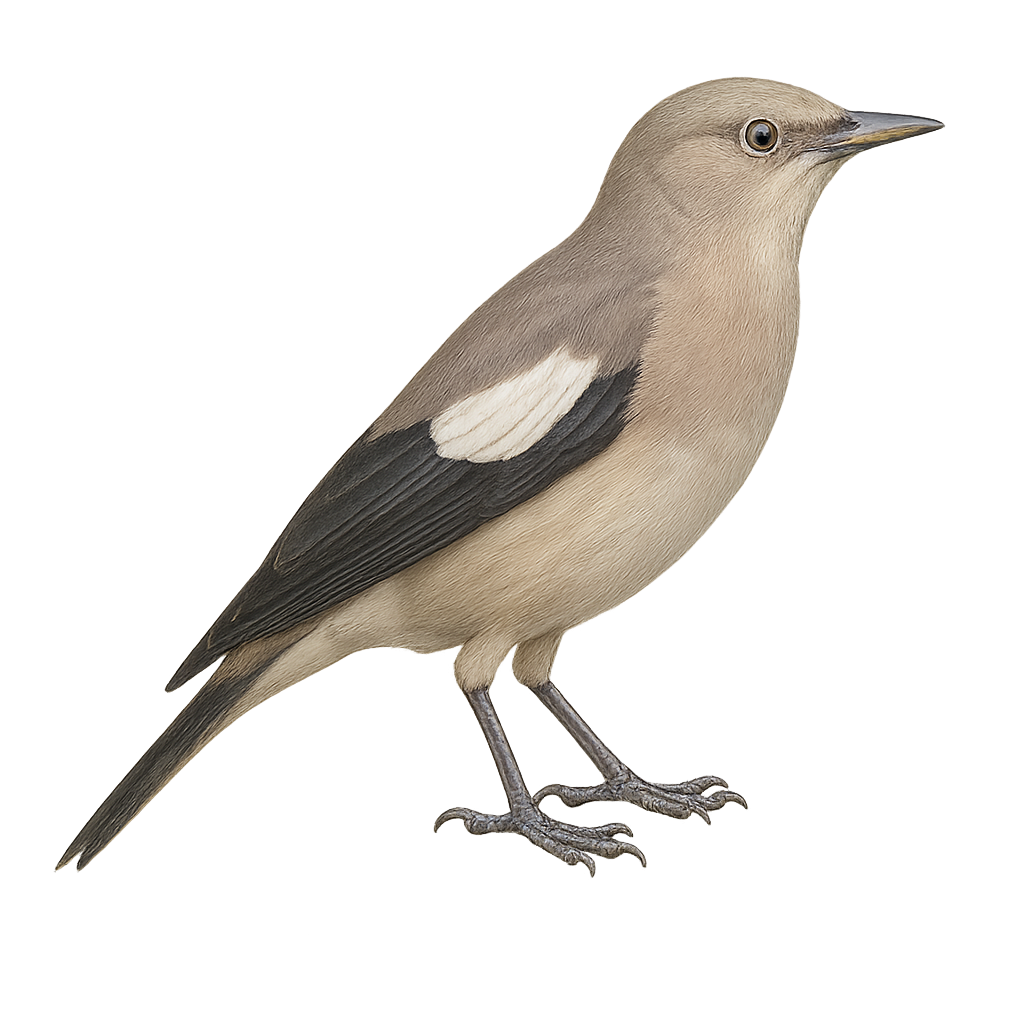Your wildlife photography guide.
Explore the white-cheeked starling in detail, study its behavior, prepare your shots.
Where to observe and photograph the white-cheeked starling in the wild
Learn where and when to spot the white-cheeked starling in the wild, how to identify the species based on distinctive features, and what natural environments it inhabits. The WildlifePhotographer app offers tailored photography tips that reflect the white-cheeked starling’s behavior, helping you capture better wildlife images. Explore the full species profile for key information including description, habitat, active periods, and approach techniques.
White-cheeked Starling
Scientific name: Sturnia sinensis

IUCN Status: Least Concern
Family: STURNIDAE
Group: Birds
Sensitivity to human approach: Suspicious
Minimum approach distance: 10 m
Courtship display: April to June
Incubation: 13-15 jours
Hatchings: May to July
Habitat:
Urban areas, open forests, farmlands
Activity period :
Primarily active during the day, with peak activity in the morning and late afternoon.
Identification and description:
The White-cheeked Starling, or Sturnus sinensis, is a medium-sized bird belonging to the Sturnidae family. It is easily recognizable by its gray-brown plumage with distinctive white cheeks and a bright yellow bill. This bird is primarily found in East Asia, notably in China, Japan, and Korea. It inhabits various environments, from urban areas to open forests and farmlands. The White-cheeked Starling is a sociable bird, often seen in large flocks, especially outside the breeding season. It feeds mainly on insects, fruits, and seeds. Its song is varied and melodious, making it a favorite among birdwatchers.
Recommended lens:
400 mm – adjust based on distance, desired framing (portrait or habitat), and approach conditions.
Photography tips:
To photograph the White-cheeked Starling, it is advisable to use a 400mm lens or longer to capture precise details without disturbing the bird. Look for areas where these birds gather, such as parks or open fields. Be patient and discreet, as they can be suspicious of humans despite being sociable. Take advantage of the golden hours in the morning or evening to benefit from soft, natural light that will highlight the bird's distinctive plumage.
The WildlifePhotographer App is coming soon!
Be the first to explore the best nature spots, track rutting seasons, log your observations, and observe more wildlife.
Already 1 430 wildlife lovers subscribed worldwide

